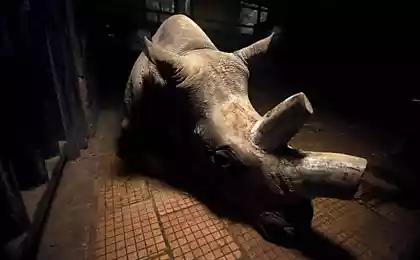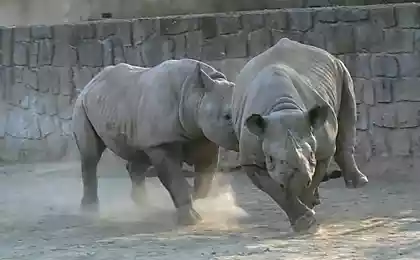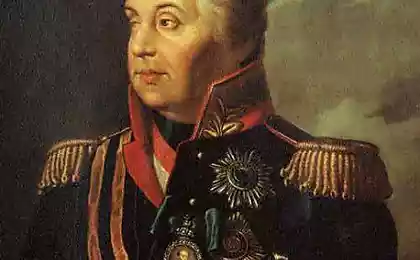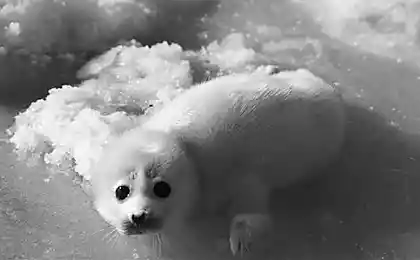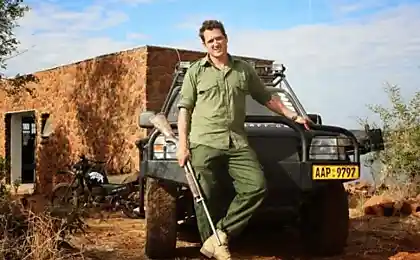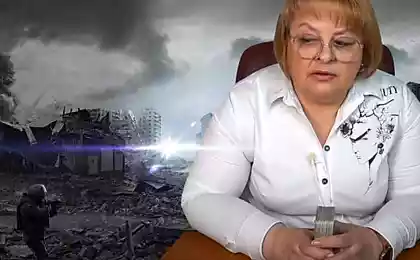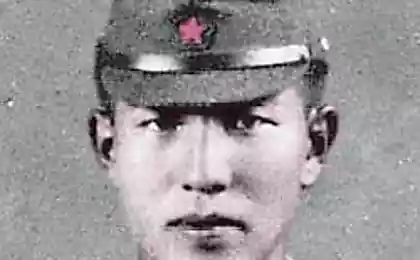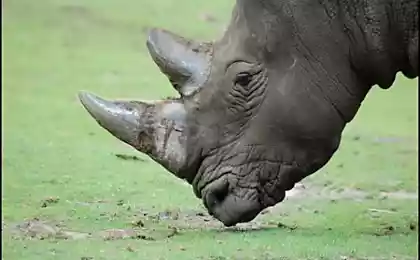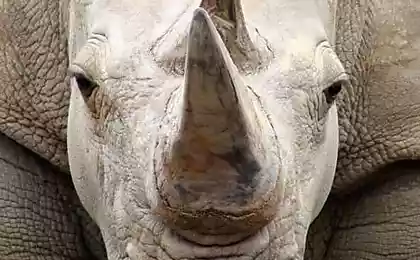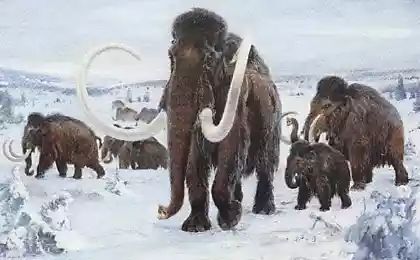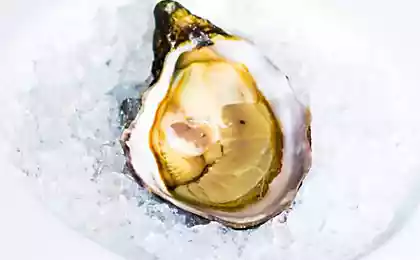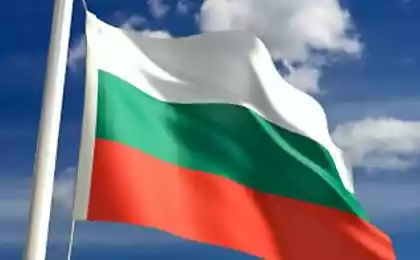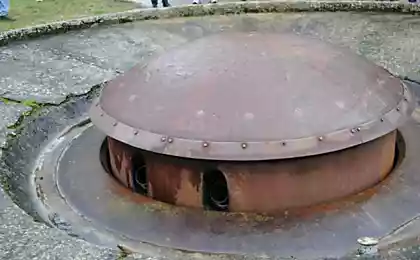761
War of the rhinoceroses.
Increased demand for rhino horns in South-East Asia has generated a lot of poachers. South Africa and its neighbors are actively fighting for the preservation of this species. During the long years of hard struggle, the rhino population has grown from a few hundred in the 50s of the 20th century to 21,000 today.
17 photo + letter
Source.
1. Humorous staging detention "poacher". Note the camouflage Ranger right.
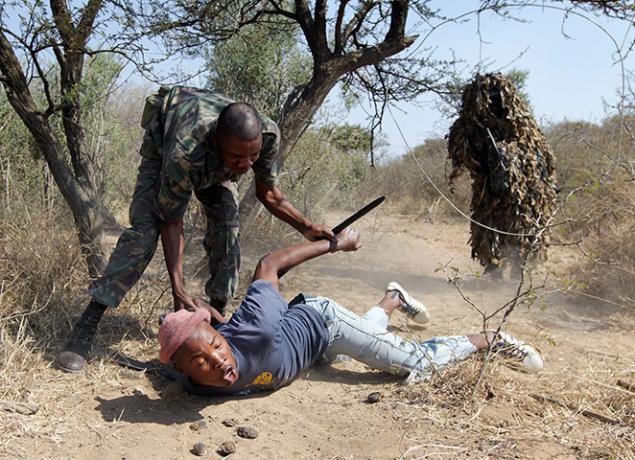
2. Anti-poaching squads were formed to confront the poachers, hunting rhinos.
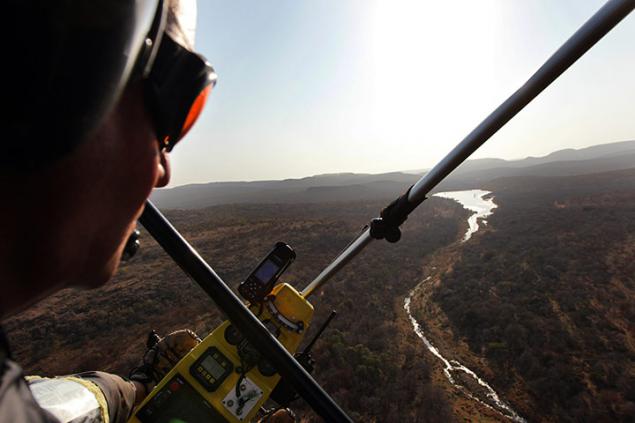
3. The anti-poaching squad patrols the area near the Waterberg.
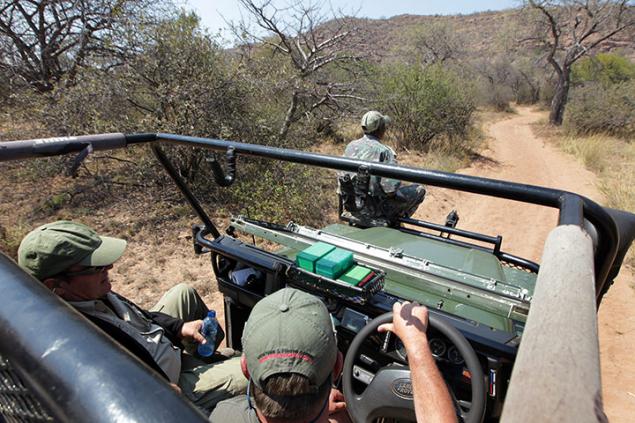
4. Rangers with lulling rhinoceros during anti-poaching campaign in the Kruger National Park. In black and white rhinos special electronic chips implanted.

5. Use of electronic chips is very easy to follow the movements of the rhinos. If you killed one of the animals, the Rangers can easily identify its location and monitor the transportation of the horns. Most are transported to the Middle East. Price per one horn is calculated by weight and per kilogram may be up to 3,500 Euros.
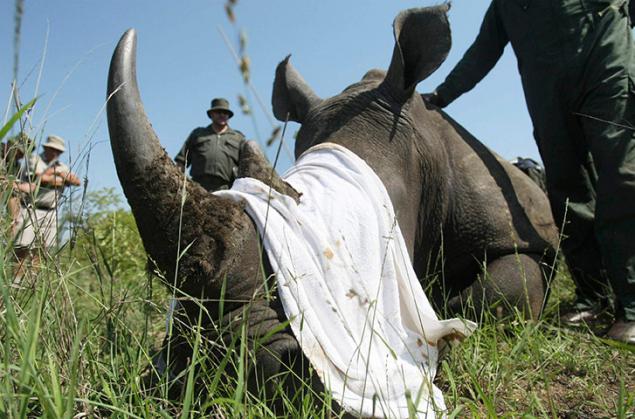
6. Rangers mounted GPS unit in the eight-year rhinoceros.

7. Rhino wakes up after a forced sleep.

8. Rhino grazing in a private nature reserve in Krugelsdorpe. Representatives of the Government of South Africa to visit Vietnam to discuss measures aimed at reducing trade in rhino horns, which are used for medical purposes.

9. A bird on a white rhinoceros in the Kruger national park.
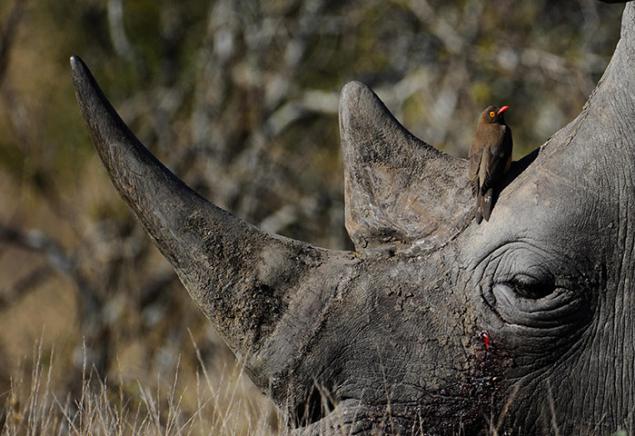
10. The nine-month rhinoceros called Vuma (center) rests with two of his relatives in a special center for orphaned rhinos. His mother was killed by poachers Vumy.

11. The body of the murdered rhinoceros.

12. Rhino Killed in a national park Krugersdrope. The rapid development of the Asian market has led to poaching. This rhino was put to sleep, then sawed off the horn of his chainsaw, left for dead, bleeding.
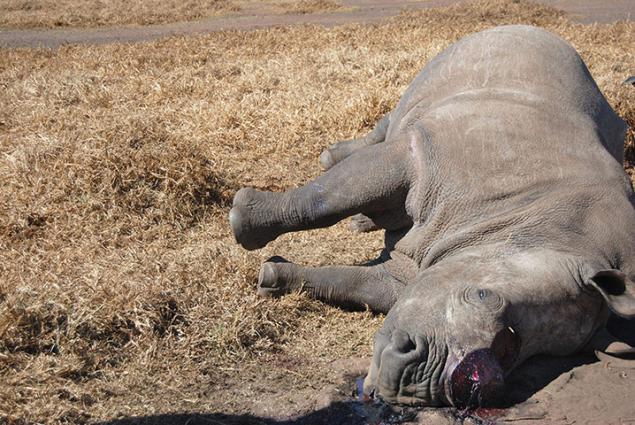
13. In this photo, Dr. Chris Fordzhing saws off the horn of one of the rhinos. WWF WWF is engaged in removing the horns of these animals to make them less attractive to poachers.
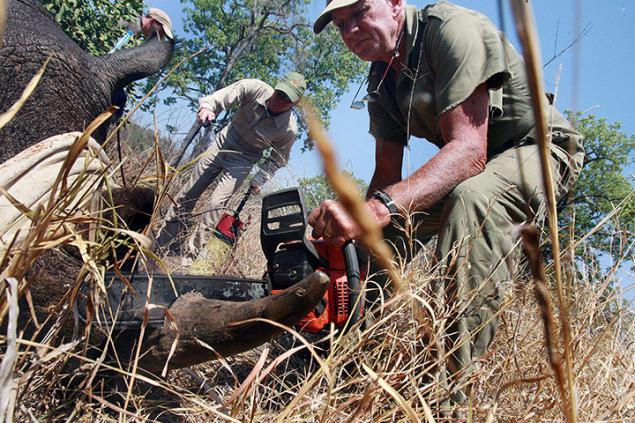
14. Representatives of the Service Wildlife Kenya KWS transmitter is inserted into deep sleep, the black rhino.

15. rhino horn, which was previously installed transmitter, including elephant tusks. Smuggled out of 317 horns and tusks was intercepted in Kenya.

16. Rhino horn next to the drugs that are made from it.
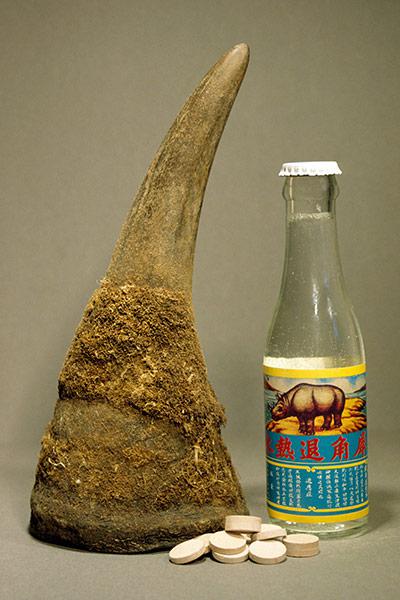
17. Specially crafted horn on display in New York.
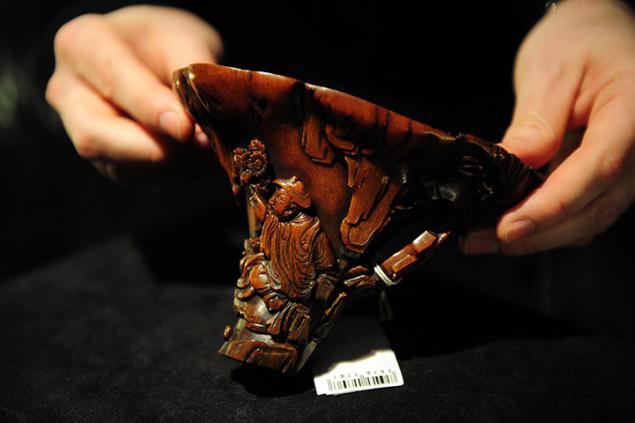
Source:
17 photo + letter
Source.
1. Humorous staging detention "poacher". Note the camouflage Ranger right.

2. Anti-poaching squads were formed to confront the poachers, hunting rhinos.

3. The anti-poaching squad patrols the area near the Waterberg.

4. Rangers with lulling rhinoceros during anti-poaching campaign in the Kruger National Park. In black and white rhinos special electronic chips implanted.

5. Use of electronic chips is very easy to follow the movements of the rhinos. If you killed one of the animals, the Rangers can easily identify its location and monitor the transportation of the horns. Most are transported to the Middle East. Price per one horn is calculated by weight and per kilogram may be up to 3,500 Euros.

6. Rangers mounted GPS unit in the eight-year rhinoceros.

7. Rhino wakes up after a forced sleep.

8. Rhino grazing in a private nature reserve in Krugelsdorpe. Representatives of the Government of South Africa to visit Vietnam to discuss measures aimed at reducing trade in rhino horns, which are used for medical purposes.

9. A bird on a white rhinoceros in the Kruger national park.

10. The nine-month rhinoceros called Vuma (center) rests with two of his relatives in a special center for orphaned rhinos. His mother was killed by poachers Vumy.

11. The body of the murdered rhinoceros.

12. Rhino Killed in a national park Krugersdrope. The rapid development of the Asian market has led to poaching. This rhino was put to sleep, then sawed off the horn of his chainsaw, left for dead, bleeding.

13. In this photo, Dr. Chris Fordzhing saws off the horn of one of the rhinos. WWF WWF is engaged in removing the horns of these animals to make them less attractive to poachers.

14. Representatives of the Service Wildlife Kenya KWS transmitter is inserted into deep sleep, the black rhino.

15. rhino horn, which was previously installed transmitter, including elephant tusks. Smuggled out of 317 horns and tusks was intercepted in Kenya.

16. Rhino horn next to the drugs that are made from it.

17. Specially crafted horn on display in New York.

Source:
